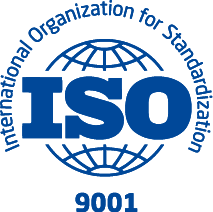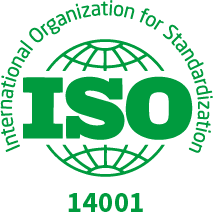PCBA electronic product assembly processing means that electronic processing manufacturers undertake the processing projects of electronic clients and assemble semi-finished products and finished products of electronic products.

Advantage
The main difference between the two is whether the final product received by the client can be used directly. Electronic product assembly and processing is very popular in developed countries and other places. This completely saves electronic developers a large amount of money spent on factory rent and equipment purchase, saves production costs, and increases product profit margins. More and more manufacturers with long-term vision and the ability to grasp market prospects will join in. But there is a premise. The client needs to ensure that the processor has sufficient capabilities and experience to ensure the correct production and normal delivery of the product, in order to seize market opportunities.
We provide various electronic processing services, such as PCBA processing testing, SMT patch, DIP plug-in and finished product assembly, aging testing, etc. The factory is equipped with professional international standards for production. It has passed the U.S. UL certification and ISO9001 production standards. The through-put rate of finished products is as high as 99.8%. With 7 years of processing experience and the trust of many listed companies, we are worthy of your favor. Electronic product assembly and processing is a processing method that developed countries or product brands are keen on. Quality is the prerequisite standard, and sophisticated equipment and rich processing experience are the foundation. Xinnuojie Electronics’ more than 400 partners all over the world are testimony to our capabilities.
PCBA assembly manufacturing capabilities
| Through hole board | HDI | FPC flexible circuit board | |||
| project | Process Capability | project | Process Capability | project | Process Capability |
| Maximum number of layers | 40L | Minimum line width/space | 0.05/0.05mm | Maximum board size | 2000*240 mm |
| Maximum plate thickness | 8.0mm | critical line/tolerance | 0.065/15% | Maximum number of layers | 10 |
| Minimum plate thickness | 0.4mm | Minimum blind hole diameter | 0.10mm | Minimum line width/line spacing (1/4OZ) | 0.04mm |
| Maximum thickness to diameter ratio | 14:01 | Blind hole accepts PAD size | 0.23mm | Minimum line width/space (1/3OZ) | 0.05mm |
| Maximum copper thickness | 10OZ | PTH & blind hole size | 0.20mm | Minimum line width/line spacing (1/2OZ) | 0.055mm |
| Maximum working board size | 2000x610mm | PTH PAD size | 0.35mm | Minimum via | 0.15mm |
| The thinnest 4-layer board | 0.33mm | Blind hole thickness to diameter ratio | 1:01 | Minimum via pad | 0.25mm |
| Minimum mechanical hole/pad | 0.15/0.35mm | HDI order | 3+N+3 | Minimum laser hole | 0.10mm |
| Drilling accuracy | +/-0.025mm | The thinnest 8-layer board thickness | 0.8mm | Minimum Laser Hole Pad | 0.25mm |
| PTH aperture tolerance | +/-0.03mm | Minimum pad single-sided window opening | 0.038mm | Cover film alignment tolerance | 0.15mm |
| Minimum line width/space | 0.065/0.065mm | Minimal green oil bridge | 0.065mm | Appearance tolerance | 0.05mm |
| surface treatment | ENIG/ OSP/ HASL/ Au Plating (soft/hard)/ Immersion Ag/ Immersion Tin/ Bright Tin Plating/Ag Plating/ Carbon Ink | Minimum CSP/BGA spacing | / | Minimum punch hole width | 0.60mm |
| Impedance control tolerance% | ± 5 | Pitch tolerance | ± 0.05mm | ||
| surface treatment | ENIG/ OSP/ HASL/ Au Plating (soft/hard)/ Immersion Ag/ Immersion Tin/ Bright Tin Plating/Ag Plating/ Carbon Ink | Combination of soft and hard (Yes/No) | Yes | ||
| Air Gap capability(Yes/No) | Yes | ||||
| surface treatment | ENIG/ OSP/ Au Plating (soft/hard) | ||||
PCBA assembly quality control
1. The Quality Control Department organizes the unqualified or non-compliant responsible department or the defect discovery department to review the non-conforming organizations and establish a problem-solving group.
2. Analyze potential defects or non-conformities through the use of testing, simulation, data analysis, QC techniques and other tools, conduct appropriate error-proofing design and quality control, and propose preventive measures plans.
3. For the bad or non-conforming items that have occurred, the problem solving team will re-evaluate and approve the correction of relevant technologies, quality standards or improve the process or design level, etc., confirm whether all products or processes related to the quality system have similar problems and conduct a comprehensive Prevent and propose solutions.










